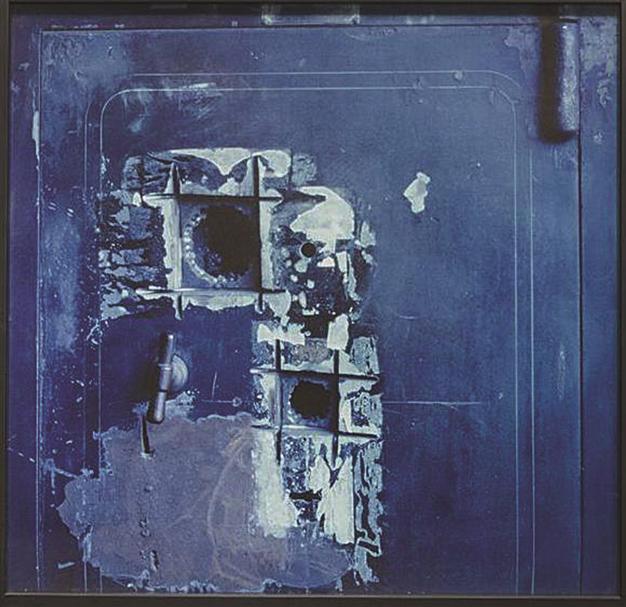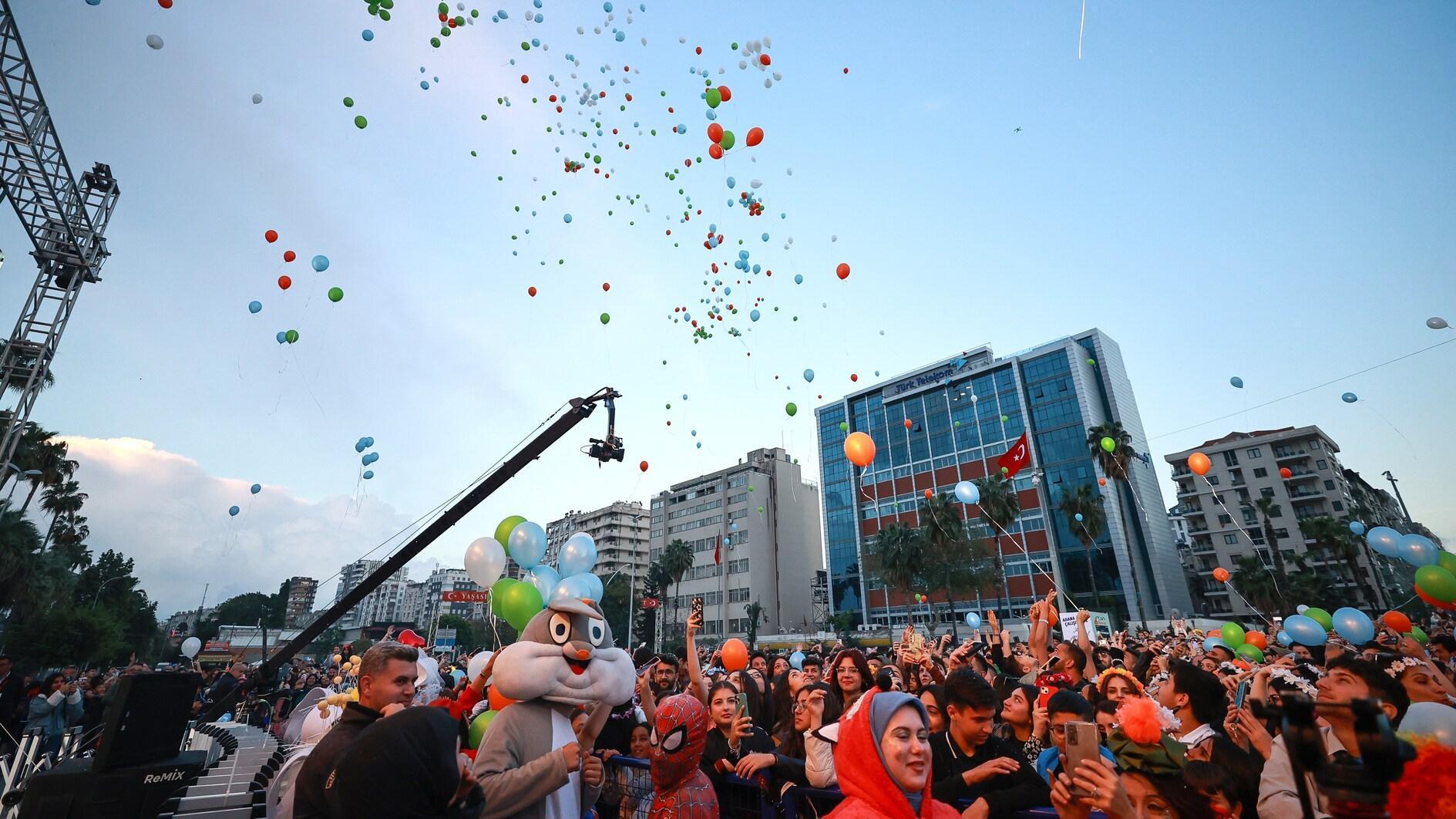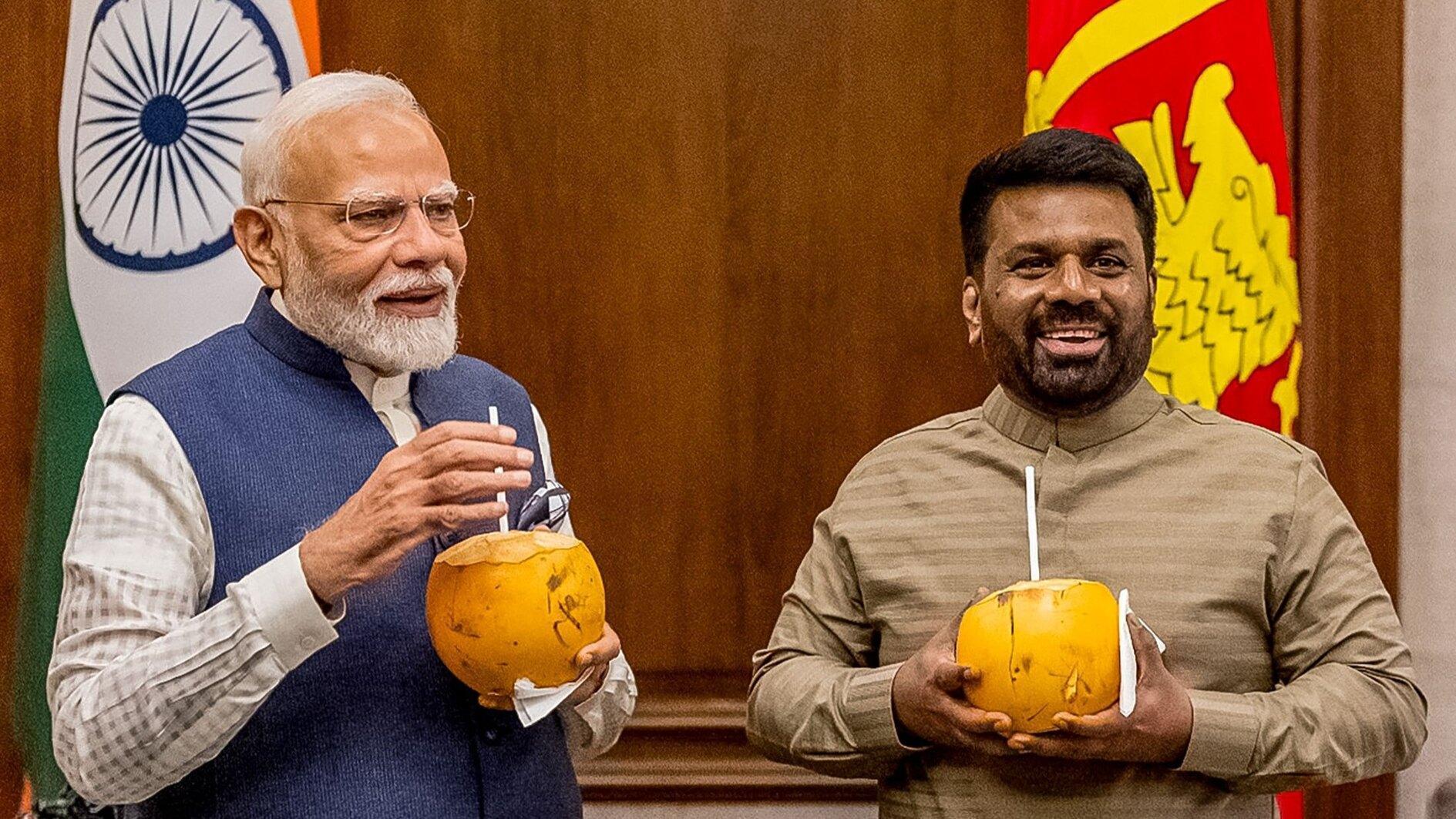Disorder in the system questioned
ISTANBUL

Annika von Hausswolff’s The 21st Century Transitional Object from 2004, in one of the artworks in the exhibition titled Entropy.
Galeri Zilberman presents “Entropy,” a group exhibition curated by Vassilios Doupas, featuring new and recent work by Christoph Büchel, Maurizio Cattelan, Annika von Hausswolff, William E Jones, Kay Rosen and Frank Selby.In thermodynamics, “entropy” is a term associated with a level of disorder within a system. Applied to cultural and political theory, entropy could be loosely interpreted as the recognition of the subversive elements or destabilizing forces in a closed system.
According to the written statement of the exhibition said: “One of these systems is the linguistic system. Comprising of a widely accepted set of rules, language is an abstract system of signs and symbols and the construction of meaning often depends on various contexts and subjective interpretations. In this sense, a seemingly rigid system can be disturbed by a minor change or a certain degree of ambivalence can effectively alter meaning. This is the case with ADD AND END in Kay Rosen’s Short Story, which consists of three words. By substituting D for N and E for A in the last sequence, Rosen creates meaning through displacement and allows for an open-ended narrative to emerge in a succinct manner. Rosen finds the interest of the work lies in “the absence, presence, rearrangement, or alteration of these small units that disturbs linguistic sequence, revealing patterns and systems, which exceed and outperform their expected function”.
The breakup of linguistic systems and communication models is among the main concerns of Frank Selby. The artist, who is known for his intricate drawings of riots, protests and social upheavals, refers to the subject of his work as instances of people for whom the experience of a failure of language subsequently brings forward a crisis. This manifestation of a crisis then becomes another form of communication.
The language of authority is deployed in William E Jones’ film Shoot Don’t Shoot, an instructional film for police officers to decide by instinct whether to shoot a suspect or not. The exhibition includes two more films by the artist, Bay of Pigs and Mission Mind Control that focus on mass government surveillance and its effects. Mission Mind Control is based on an investigative report on the U.S. government’s covert experiments with hallucinogenic drugs and brainwashing. The original recording, taped off television in 1979 and includes commercials, was transformed into an abstract psychedelic animation.
Military and Taliban
In the spirit of “Taliban,” Christoph Büchel has been fascinated with military “psychological operations” for a number of years. In this exhibition, he presents a carpet from his well-known series Made in Afghanistan, 2001-2006. The work is a politically direct yet playful comment on global capitalism and the American hegemony and reflects Büchel’s strategy of demystifying dominant ideological forces by exposing them as constructed realities subject to change.
Maurizio Cattelan’s photograph of a broken safe is typical of the artist’s reputation as an enfant terrible and perpetrator of cultural and political change. Cattelan has infused the legacies of Arte Povera with dark humor, abundant references in “low” art and subversive gestures, often exploring themes of terrorism, burglary and escapism as antidotes for a post-capitalist anemia.
Annika von Hausswolff’s work sits uncomfortably between photography, sculpture and performance. The artist creates “situations” that “hack” the viewer’s gaze, making the division between the personal and the political harder to decipher. The imagery of a couple covered in a tablecloth is uncannily striking and unabashedly dumb; the artist directs all the action to the viewer, who is forced to take a position in front of the pictures, and by extension, in front of a disclosing narrative.
Distancing itself from an aesthetic of anarchic chaos, the exhibition deploys ambivalence, humor and understatement as tropes in cultivating critical and deconstructionist perspectives on the “grand narratives” of society. The exhibition is accompanied by catalogue with a text by David Gleeson.
















